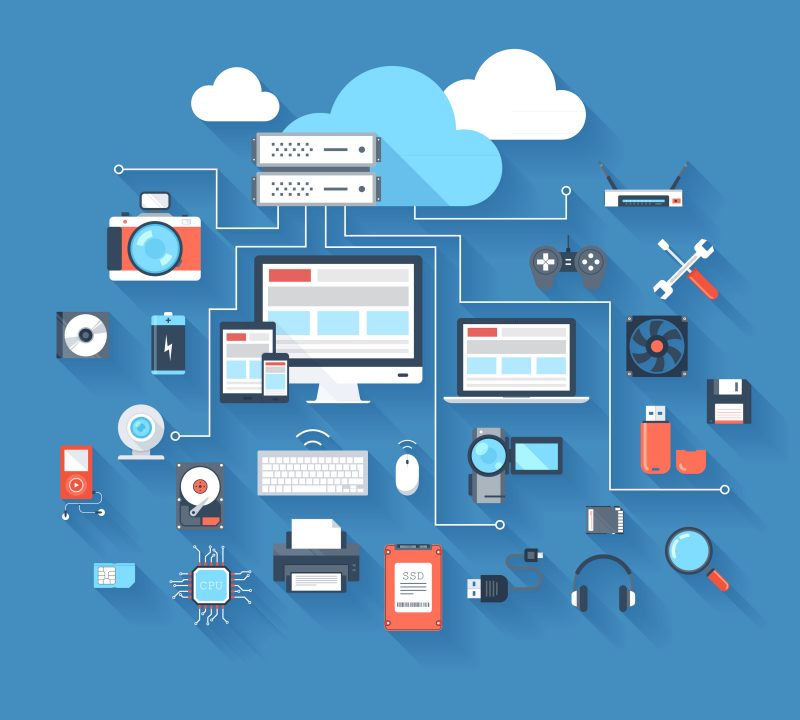
Ever wonder if Siri is spying on you? Spoiler alert: she is! And, so is your TV, your phone, your refrigerator, and possibly, even you rumba. However, we’ve become so accustomed to the “Internet of Things,” reveling in how “smart” all of our devices are and loving the convenience it affords us, that we forget about the inconveniences: risks to privacy and security. You don’t have to give up your devices, but you do have to be as smart as they are and protect yourself.
What is the “Internet of Things”?

Change the password to every connected device you own.
In short, the Internet of Things (IoT) is all the things that now have built-in computers and an internet connection. It’s all the things that we rely on every day, that we would be lost without. How did we ever remember to buy almond milk in the past, before the days of smart refrigerators? How did we ever survive without knowing exactly how many steps we’d taken that day? We joke about it, but the thought of giving up on smart devices is enough to make most people break out into a sweat. But, as we let go and let Google, we need to secure our connections so that our privacy – and our data – remain private.
Security risks of the IoT
With every device that is connected you increase your security risks. Every connection is a potential entryway for hackers. Security was not an essential component for many manufacturers of smart devices when the technology first appeared, making them vulnerable to hackers before they would even enter your home. Today, internet-connected devices may come with some security measures, but it is always wise for any consumer to implement their own security, and not rely on the protection built into the device.
Improving security for the IoT

Secure the Internet of Things with a firewall.
Passwords – If you haven’t already, take inventory of all the IoT that you have in your home. Go through each device and change the password. The manual should tell you how, or you can go to the support page for the device. Don’t forget about your server and your routers. Anything that is involved in connecting you to the internet has a password. Always change the password as factory settings can be too easy for a hacker to crack.
- Updates – If your device comes with security software, make sure that you are always updating and have the latest version. Whenever an update is available, update immediately.
- Firewall – A firewall should protect all of your connected devices.
- Separate networks – Set up a different network or a guest network for all of your smart devices and keep them separate from sensitive data, like your banking and identification information.
Talk to the experts at OnePointSync about securing the Internet of Things in your home or business.

